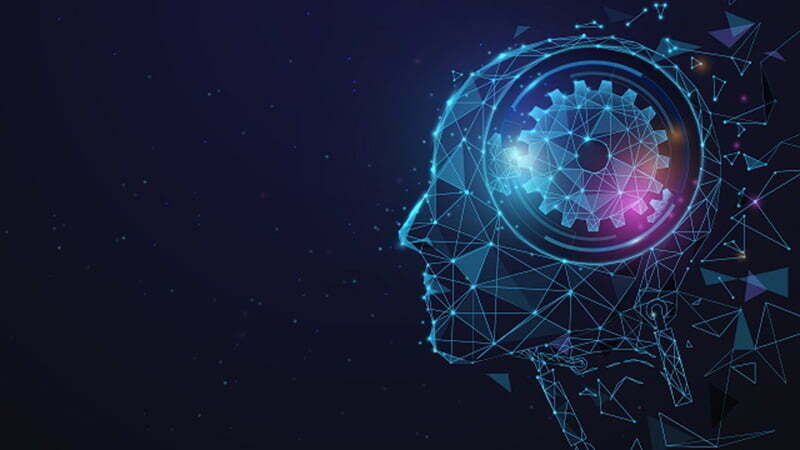Future Technologies related topics include: Emerging technologies, technologies that are perceived as capable of changing the status quo. Hypothetical technology, technology that does not exist yet, but that could exist in the future.
1.Artificial Intelligence (AI)
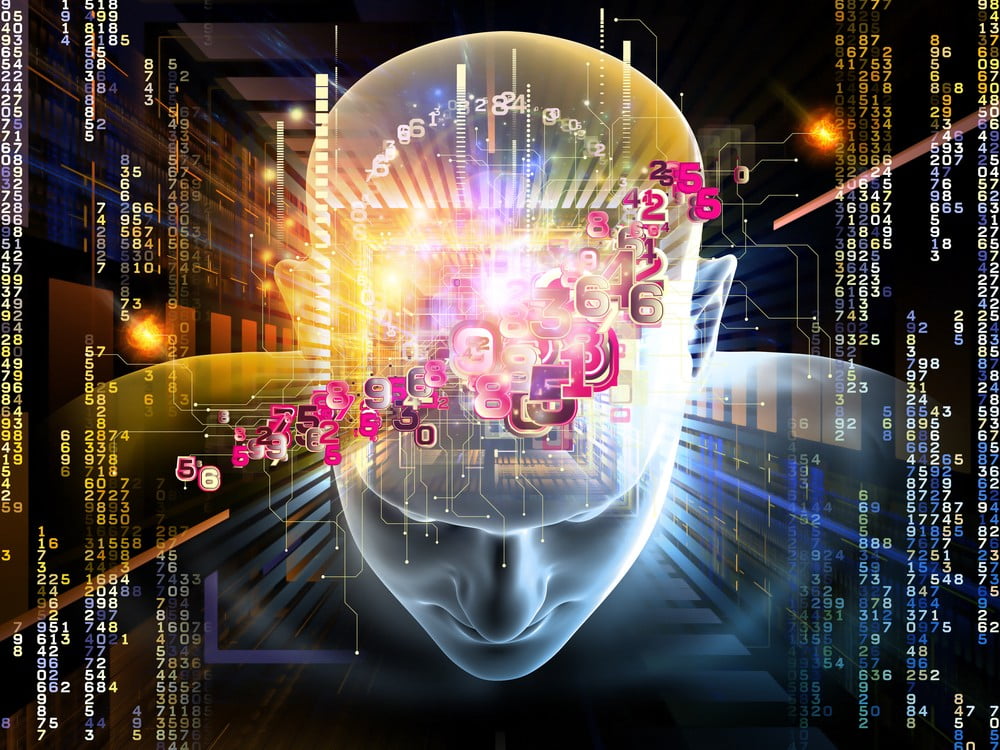
Gartner forecasts that 14.2 billion connected things will be in use in 2019 and the total will reach 25 billion by 2021. This will be producing immense volume of data. “Data is the fuel that powers the IoT and the organisation’s ability to derive meaning from it will define their long term success,” said Jones. “AI will be applied to a wide range of IoT information, including video, still images, speech, network traffic activity and sensor data.”
2.Cloud Technology

One of the biggest buzzwords of the last decade will continue to impact the next. Nearly all IT services and web apps could be delivered through the cloud with more enterprises using the public cloud as cyber security improves.
3.Genomics.
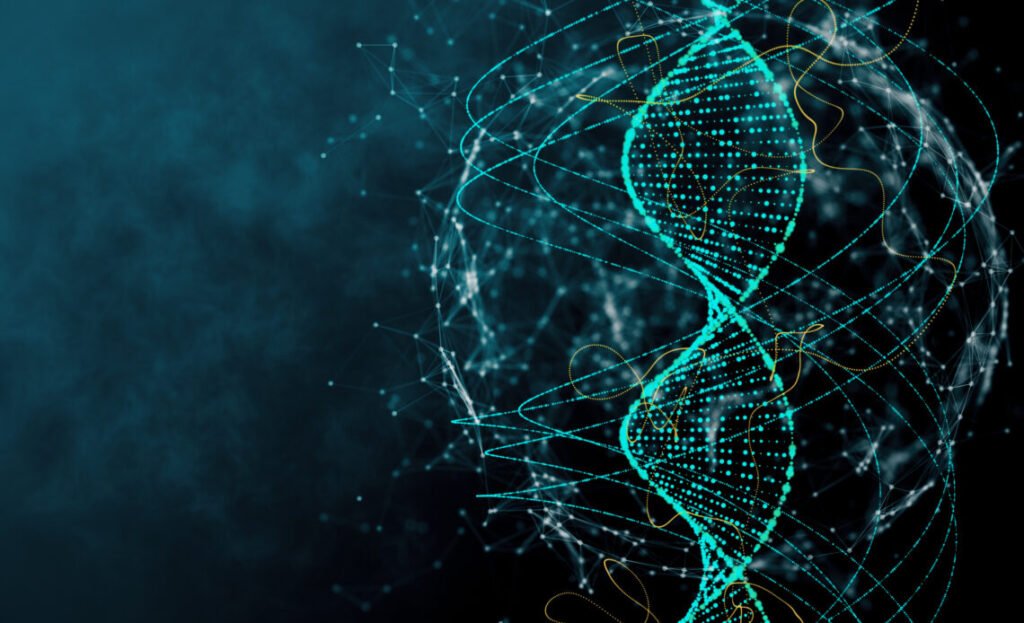
Genetic engineering technology will grow with faster computer processing speeds. DNA sequencing technologies and advanced analytics will improve agricultural production, reduce reliance on fossil fuels and extend human life expectancy.
4.Sensor Innovation.
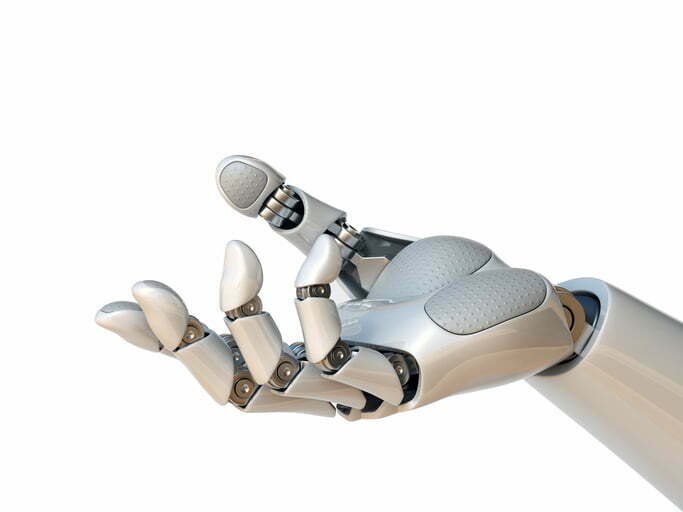
The sensor market will evolve continuously through 2023. New sensors will enable a wider range of situations and events to be detected, current sensors will fall in price to become more affordable or will be packaged in new ways to support new applications, and new algorithms will emerge to deduce more information from current sensor technologies. CIOs should ensure their teams are monitoring sensor innovations to identify those that might assist new opportunities and business innovation.
5.Silicon Chip Innovation.
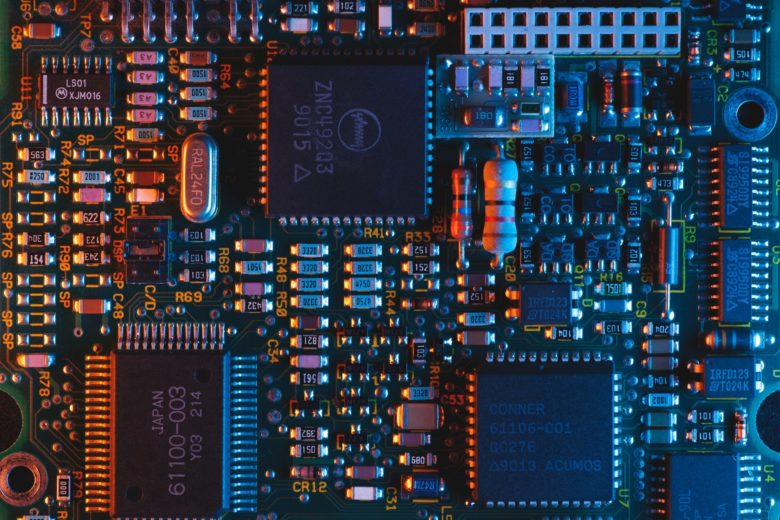
Currently, most IoT endpoint devices use conventional processor chips, with low-power ARM architectures being particularly popular. However, traditional instruction sets and memory architectures aren’t well-suited to all the tasks that endpoints need to perform,” said Jones. “For example, the performance of deep neural networks (DNNs) is often limited by memory bandwidth, rather than processing power.” By 2023, it’s expected that new special-purpose chips will reduce the power consumption required to run a DNN, enabling new edge architectures and embedded DNN functions in low-power IoT endpoints.
6.3D Printing.
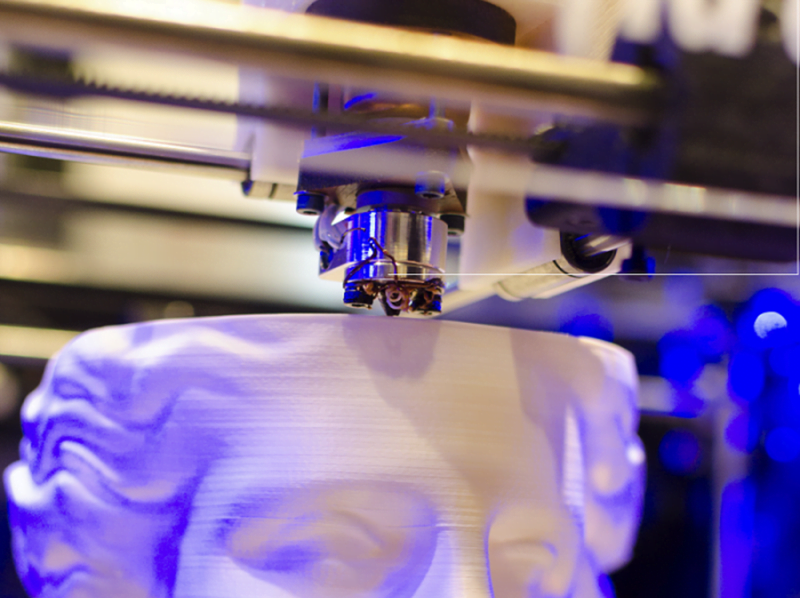
3D printing could enable unprecedented levels of mass customization and dramatically reduce the cost of supply chains generating an estimated economic impact of $230 to $550 billion annually by 2025.
Interested In Reading My Articles On First Decentralized Proof-of-Stake Blockchain Cardano
